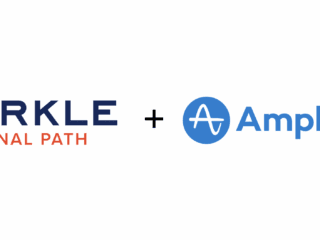When you work tirelessly to maximize ROI, you know all too well there’s only two ways to achieve this: one is to increase revenue, and the other is to reduce costs. This post is about reducing costs. It’s rare to announce that suddenly you could reduce costs by over 90%, but today that is the case.
Recently, Amazon announced AWS Glacier, a new off-site data storage solution with 99.999999999% durability and it only costs $0.01 per Gigabyte per month. Ars Technica has a great write up on the announcement.
You may want to re-read that. Amazon Glacier is designed to provide average annual durability of 99.999999999% for your archived files. In short, you can be rest assured that Amazon keeps enough copies around that you never need to worry about losing any of your irreplaceable files ever again.
Glacier is extremely low cost. Doing the math, a penny per gig is $10 per Terabyte per month. That’s more than 90% cheaper than using the next-cheapest solution out there, which is Amazon S3. If you’re using any other solution provider to store files in the cloud, you’re overpaying — by a lot.
It’s also secure—transfers are sent over a 256-bit HTTPS connection.
Finally, Glacier is simple to use. A glance at the Glacier developer documentation reveals the same type of easy-to-use REST API as for all the other AWS tools and services.
If you followed our 2-part tutorial on how to use Amazon EC2 and using AWS AutoScaling, you should be aware that Amazon has updated their API and platform SDKs to include support for Glacier. Head over to AWS to get the latest version of the AWS SDK in the language of your choice.
Working with Glacier
AWS Glacier uses a Vault and Archive metaphor. Before uploading archives, you need to create a vault in which to store them. If you’re familiar with S3, or Amazon’s Simple Storage Service, you know that you stores files inside of a bucket. The concept with glacier is the same, but the labels are changed to keep it clear and distinct.
You’ll first need to create an Amazon account and an AWS account if you don’t already have these, and sign up for Glacier service. Next, you’ll have to authenticate against the AWS account in which you want to create Glacier vaults and archives.
Vault operations include CREATE, DELETE and DESCRIBE, as well as some NOTIFICATION features. There are only two Archive operations, UPDATE and DELETE.
As of the announcement, only the Java and .NET versions of the AWS SDKs have been updated to take advantage of Glacier, and the service is very bare-bones in this early release implementation. As this AWS Forum Post helps to explain, Glacier is not yet a fully turn-key solution for all your data storage needs. Some development is going to be required by you to take advantage of these incredible cost savings.
However, the good news is, a few entrepreneurial companies have already jumped on the Glacier train, such as CloudGates.net, a company that builds free tools on top of AWS services. With CloudGates you can use FTP, SFTP and WebDAV on top of S3 already, and they’ve also announced this week that they will be adding Glacier support.












